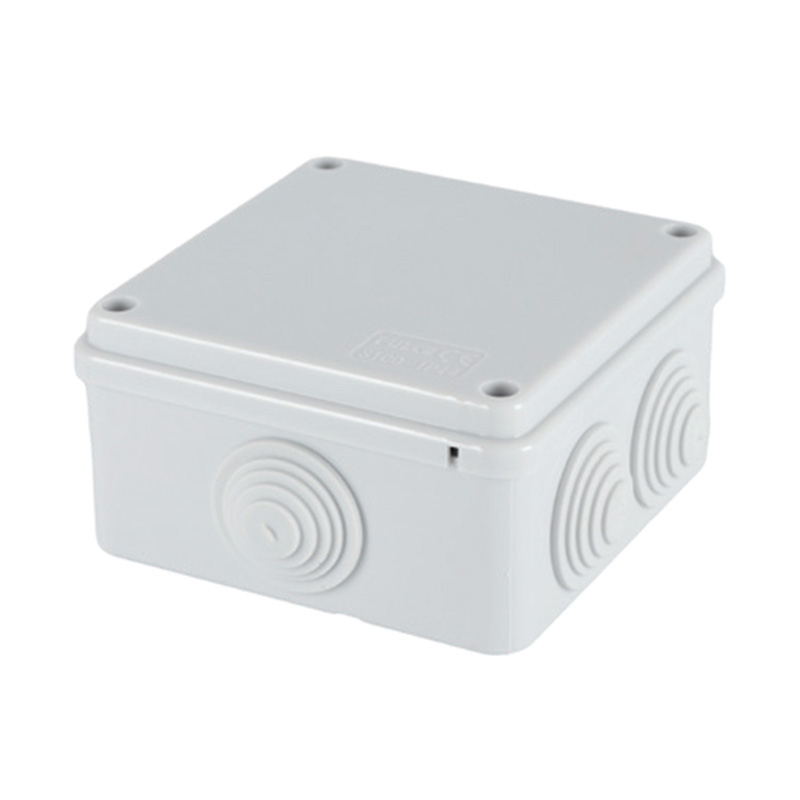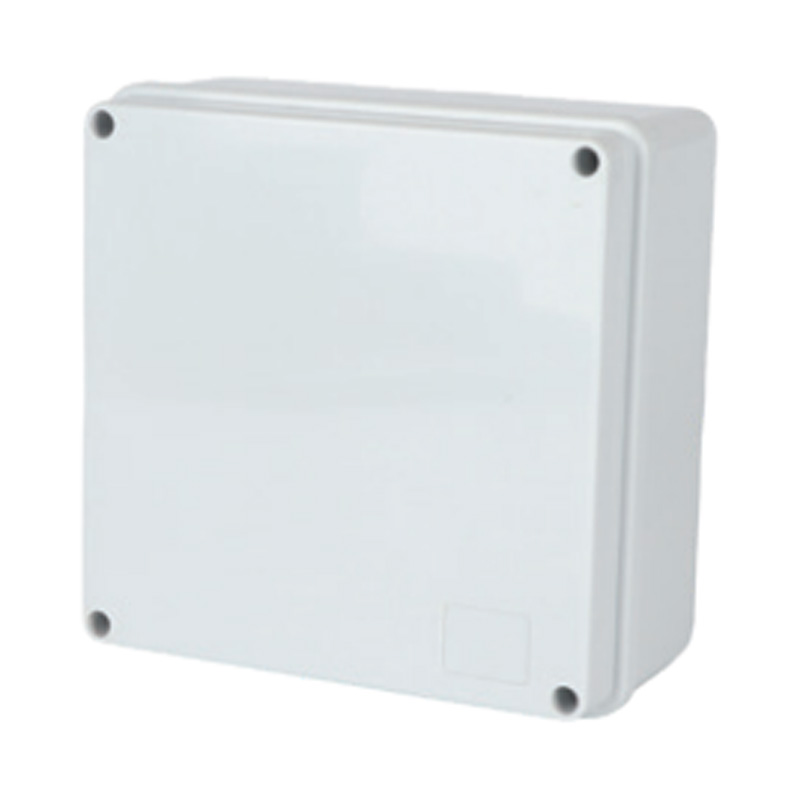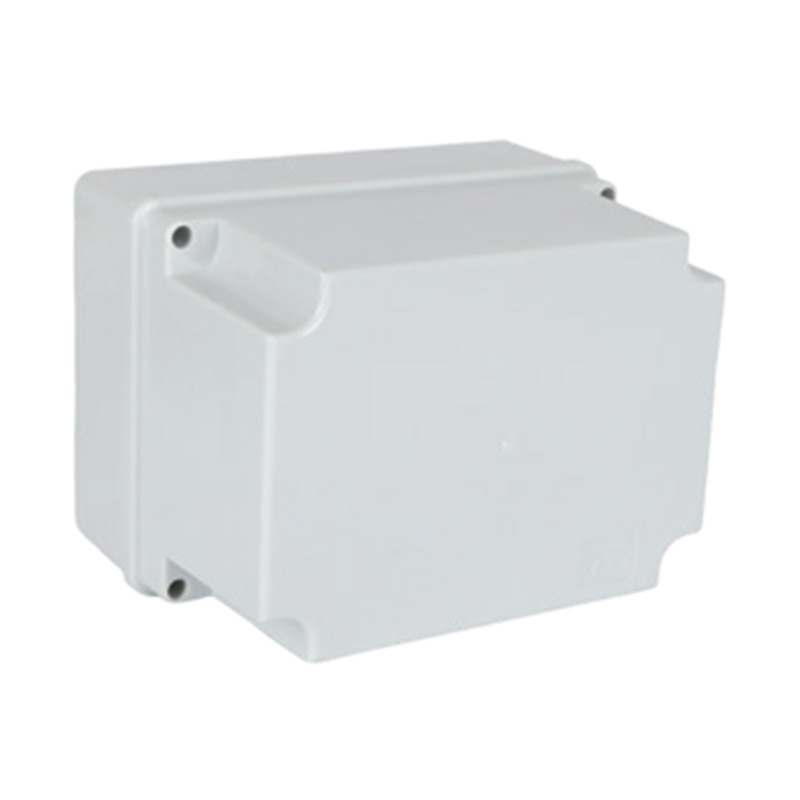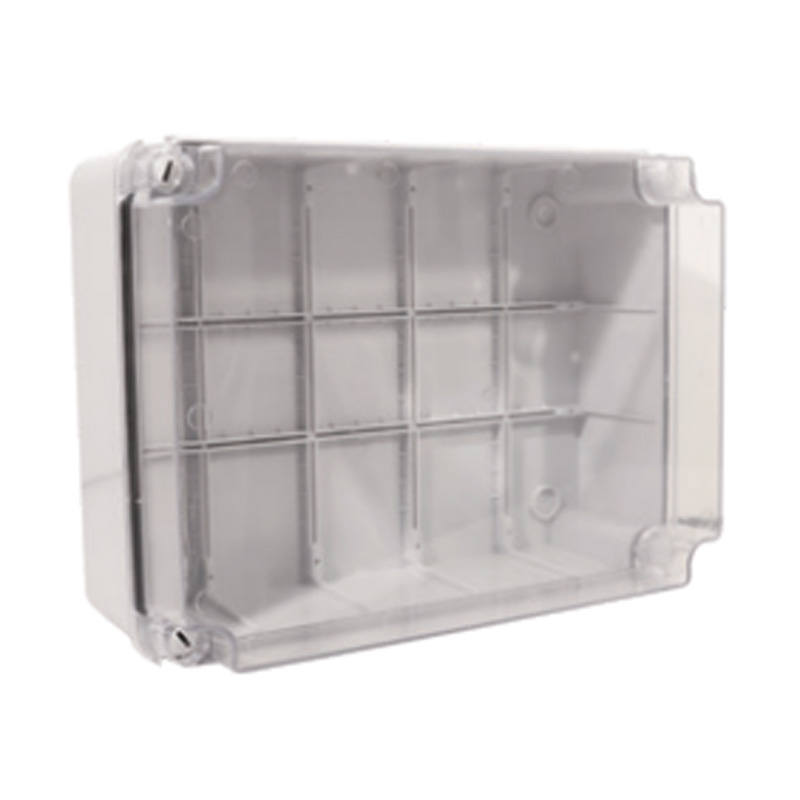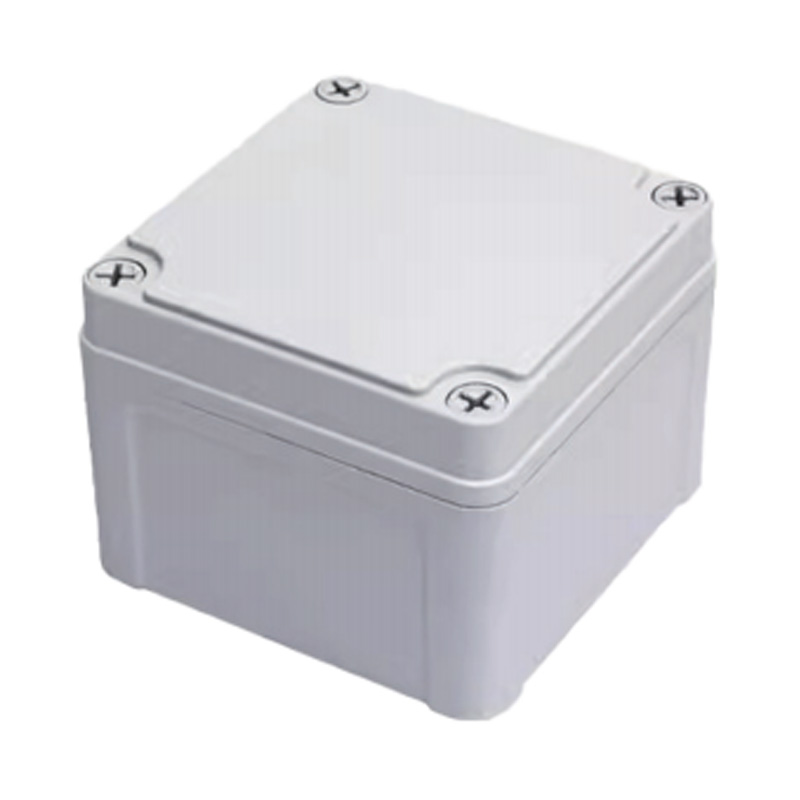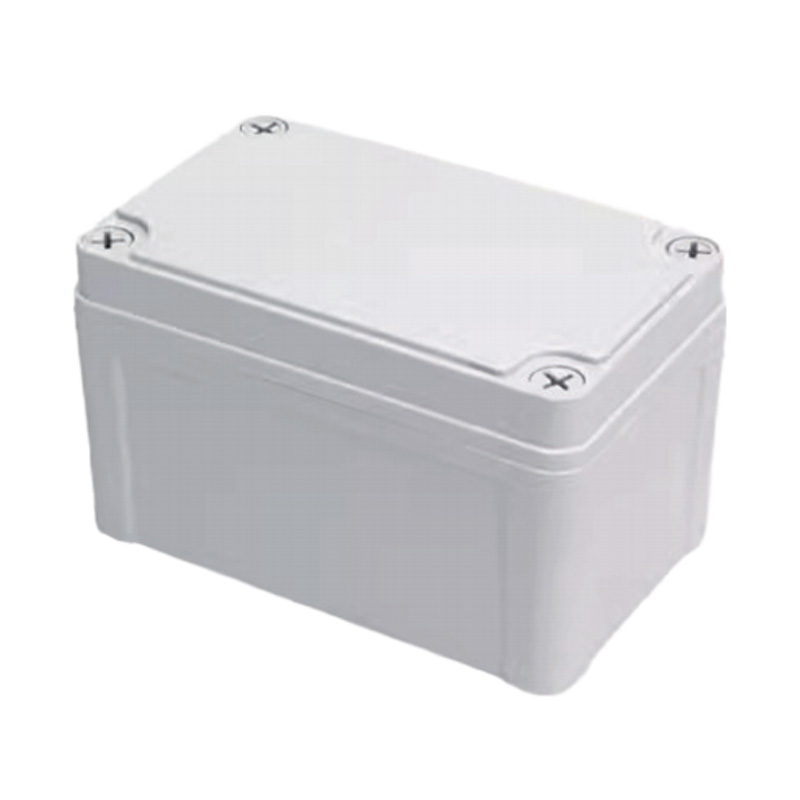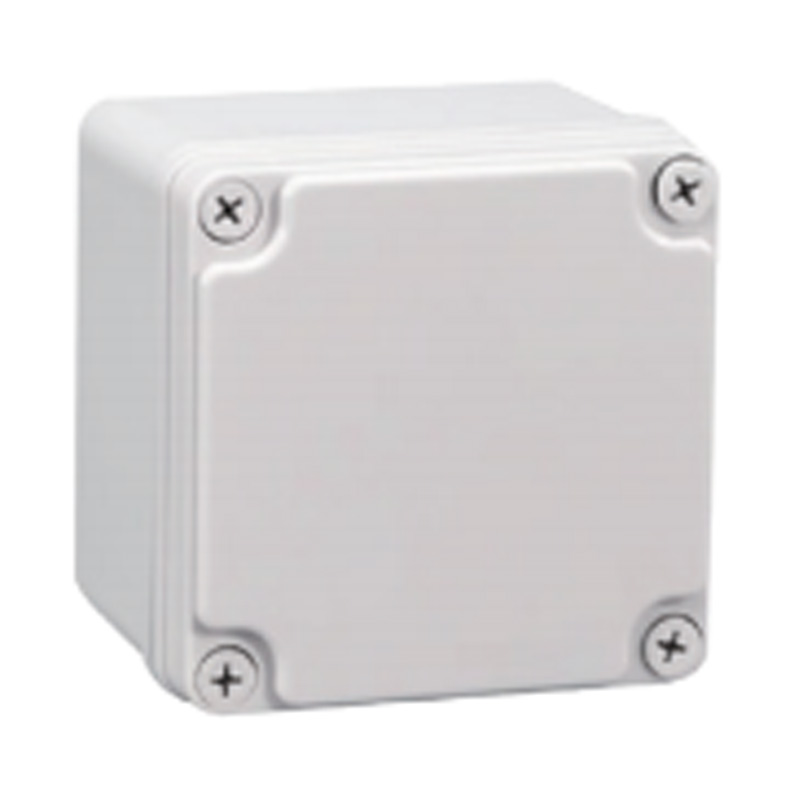What Are the Disadvantages of the Cable Entry Gland?
 2025.09.19
2025.09.19
 Industry news
Industry news
Cable entry glands are essential components for securing cables as they enter electrical enclosures. While they provide protection and organization, they are not without limitations. Understanding these disadvantages can help in selecting the right type for a specific application.

1. Limited Cable Size Compatibility
Many standard cable entry glands are designed for specific cable diameters. If a cable is slightly larger or smaller than the intended range, the gland may not provide a secure seal, potentially compromising protection against dust and moisture.
2. Potential for Over-Tightening
Improper installation, especially over-tightening the gland, can damage the cable insulation. This increases the risk of short circuits or reduced cable lifespan. Careful handling is required to maintain the balance between a tight seal and cable safety.
3. Reduced Flexibility
Once installed, cable entry glands restrict the movement of the cable. In applications where cables need frequent adjustment or movement, this rigidity may limit operational flexibility.
4. Material Limitations
Some cable glands are made from plastics or metals that may degrade under certain environmental conditions, such as high UV exposure, temperatures, or corrosive atmospheres. Choosing the correct material is crucial for long-term performance.
5. Cost Considerations
Specialized or larger cable entry glands tend to be more expensive. In projects with multiple cables, these costs can accumulate, making careful planning essential.
How to Handle Multi-Hole Cable Glands Safely?
Multi-hole cable glands are commonly used in electrical panels to manage several cables simultaneously. Proper handling is essential to maintain their effectiveness and ensure safe electrical operation.
1. Ensure Correct Hole Sizing
Before installation, verify that the cable diameters match the gland’s hole sizes. Using incorrect sizes can compromise sealing, allowing dust or moisture to enter the enclosure.
2. Avoid Over-Tightening
Similar to single-hole glands, over-tightening multi-hole glands can damage cables. Apply even, moderate pressure to secure all cables without affecting insulation integrity.
3. Organize Cables Properly
Arrange cables neatly before inserting them into the gland. Proper alignment prevents bending, twisting, or undue pressure on individual cables, ensuring long-term stability.
4. Check Sealing Elements
Multi-hole glands typically have rubber or silicone sealing inserts. Inspect these components for cracks or wear before use. Damaged seals reduce water and dust resistance, undermining the gland’s protective function.
5. Maintain Clearance
Ensure enough clearance around the gland for maintenance and cable adjustments. Crowded installation can stress the cables or the gland body, potentially damage over time.
6. Material and Environmental Compatibility
Select gland materials suitable for the operating environment. Plastic glands may degrade under UV exposure, while metal glands may corrode in humid or chemical-prone conditions.
7. Regular Inspection
Periodic inspection of multi-hole cable glands ensures seals remain intact, and cables are secure. This reduces the risk of electrical hazards and prolongs system reliability.
Proper handling of multi-hole cable glands ensures both safety and longevity of the electrical installation.
What Are Splittable Cable Glands?
Splittable cable glands are designed for retrofitting and situations where cables are already installed. They can be opened along a seam, allowing easy insertion around existing cables without disconnecting the system.
1. Easy Retrofits
The main advantage of splittable glands is their ability to be installed without cutting existing cables. This saves time and reduces disruption in operational systems.
2. Simplified Maintenance
Splittable glands allow easy removal and reinstallation during maintenance or upgrades. Technicians can replace or reroute cables without dismantling the entire enclosure.
3. Flexible Installation
These glands can accommodate a range of cable diameters due to their split design and adjustable sealing inserts. This flexibility reduces the need for multiple gland sizes in one installation.
4. Safety and Protection
Splittable cable glands maintain protection against dust, moisture, and mechanical stress. Rubber or silicone inserts ensure a tight seal around existing cables, preserving electrical safety.
5. Cost-Effective
Though slightly more expensive than standard glands, the reduction in labor costs for retrofitting or maintenance often offsets the initial price, making them economically practical for complex installations.
6. Material Considerations
As with other glands, splittable variants come in plastic or metal options. Selecting the right material for environmental conditions is crucial to prevent degradation over time.


 English
English 中文简体
中文简体 Español
Español عربى
عربى

